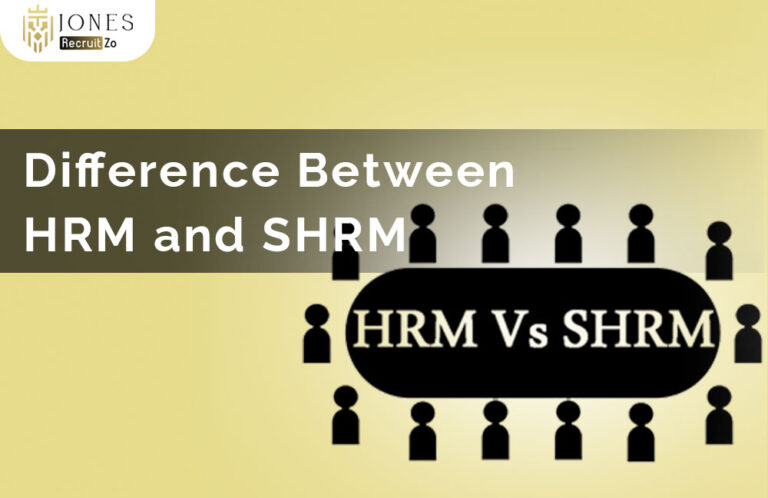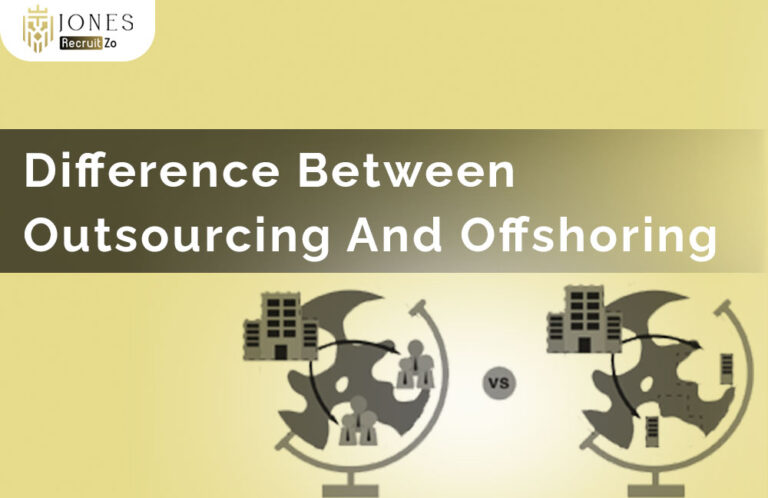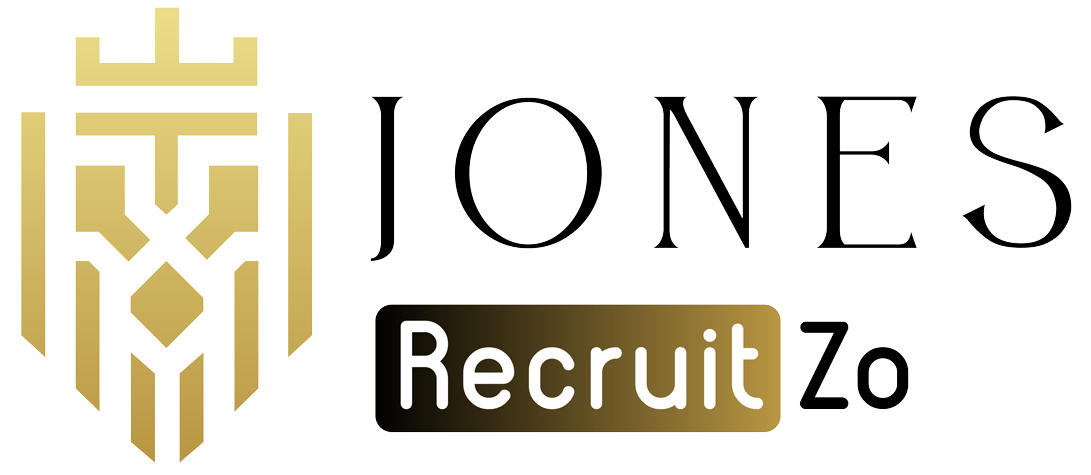What is a Furlough?
A furlough is a temporary, unpaid leave of absence from work that allows employees to retain their jobs while employers cut labour costs during financially challenging times. Companies would use furloughs as a way to stop work without severing ties, which ultimately serves them financially while giving some security to employees laid off. More than anything, furlough is used during an economic downturn or crisis, such as the one that came with Covid-19, where a lot of businesses have to slow down or temporarily shut down completely.
In a furlough, employees usually do not do any work for the organisation, but they do continue to enjoy certain employee benefits in general, such as healthcare. It is the intention of a furlough to bring employees back when conditions improve for business.
Types of Furloughs
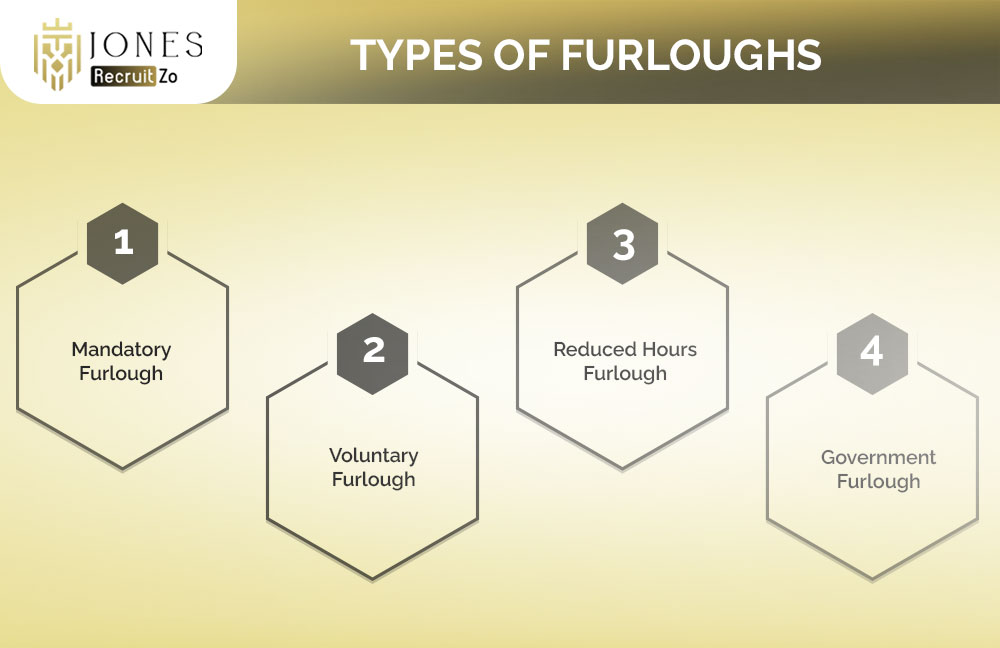
There are several forms of furloughs, each depending on the circumstances, company policies, and economic needs of the organisation. Here’s a breakdown:
-
Mandatory Furlough
This type of furlough is usually imposed by an employer on all or specific categories of employees. It could take the form of a complete temporary halt in work or specific non-working days in a month in order to manage the labour cost.
-
Voluntary Furlough
In voluntary furloughs, employees are given the option of unpaid time off; such a furlough is usually provided by a company when it wishes to avoid mandatory cuts, thus letting employees be able to sit back if they so wish without penalty.
-
Reduced Hours Furlough
Instead of a full leave, the current arrangement allows some employees to work fewer hours or fewer days per week. Employers benefit from the advantages of reduced payroll expenses while still running operations.
-
Government Furlough
This occurs when funding gaps result in closing government agencies, with their employees sent home temporarily-mostly during government shutdowns. While closed, employees commonly aren’t allowed to work during that time, even if voluntarily.
Benefits of Furlough
Furloughs can offer strategic advantages for both employers and employees during tough financial periods.
For Employees
Furloughs, while challenging, can still offer employees key protections and benefits during uncertain times.
-
Job security
The employment relationship continues unchanged under a furlough, even if no pay is given. An employee is not terminated and can expect to return to active duty.
-
Retention of benefits
In many instances, employees retain benefits like health insurance, retirement plans, or accrued time off while on active furlough and not working.
-
Unemployment eligibility
Furloughed persons may, in some instances, be eligible for unemployment benefits, thus ameliorating the financial strain brought about by the suspension, depending on regional or national statutes.
For Employers
For organisations, furloughs provide a strategic way to manage costs while preserving their workforce for future recovery.
-
Workforce preservation
The furlough retains valuable employees, limiting the need for rehire and retraining when the business condition improves.
-
Cost savings
A temporary reduction in employee wages could greatly decrease expenses without necessarily resorting to the option of layoffs.
-
Easier Re-hiring
Furloughed employees would remain on the company books, enabling employers to quickly call them back without the need to go through recruitment again.
Difference between furlough and layoff
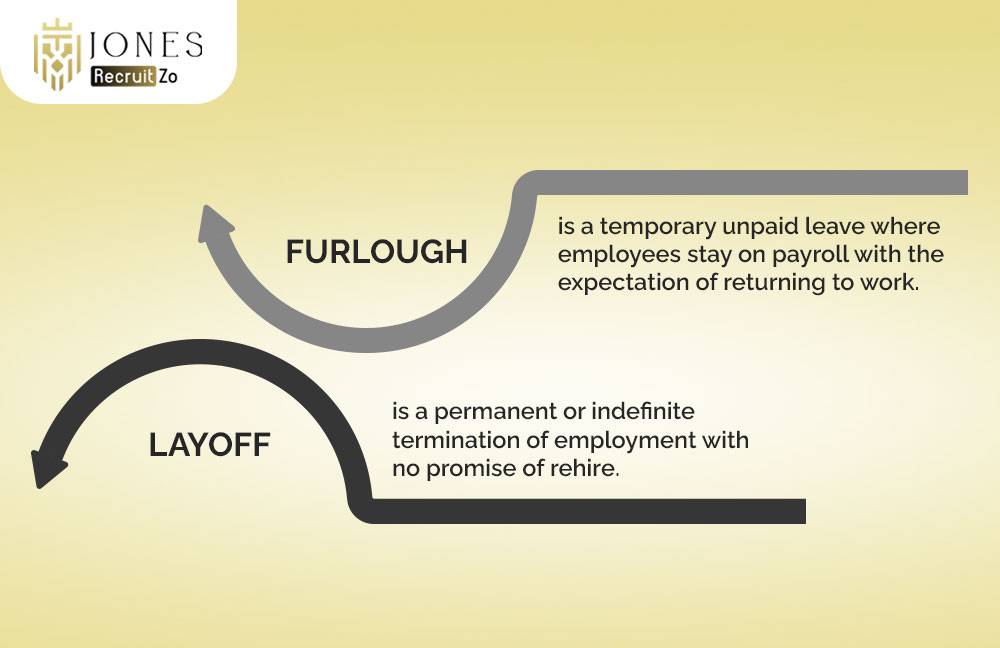
While furloughs and layoffs may superficially appear similar, in reality, they are very distinct in terms of motive and result. A furlough is generally intended as an interruption in normal work life and paid-for services for a temporary amount of time, the expectation being that the worker will return when an improved business condition allows for it.
However, layoffs occur when the employee is either definitely or indefinitely terminated without promise of reinstatement. Workers on a furlough tend to keep their benefits and status as employees, whereas workers who are laid off lose their benefits and would either be required to apply again or to search for a job elsewhere.
How Long Does a Furlough Leave Last?
A furlough may last for a short period or extend for several months, depending on the specific needs and circumstances of a business. Some are known ahead of time, while others may be open-ended, wherein employees are assumed to be recalled once the situation stabilises. The employer may have provided a rough idea of what such a furlough would look like, but it is important for the employee to remain in contact with the employer and get updates during this time.
FAQs
1) What is a furlough?
Furloughs are leaves from work with no pay for a temporary period to allow employees to keep their jobs while employers cut costs.
2) How Long Does a Furlough Last?
The duration of an employee’s furlough varies from a few days to several months, depending on business interest and prevailing economic atmosphere.
3) What are the different types of furlough leaves?
Some other common types of furloughs are mandatory furloughs, voluntary furloughs, reduced-hour furloughs, and government furloughs.
4) What is the difference between a furlough and a layoff?
Furloughs are considered temporary and allow the employment relationship to remain intact, while layoffs represent a more permanent or long-term separation with no promise of returning.


